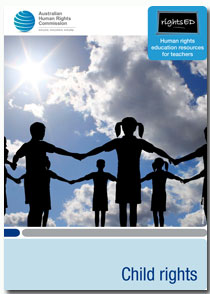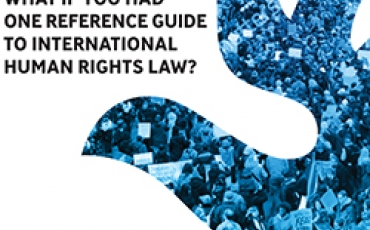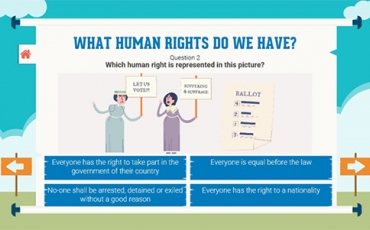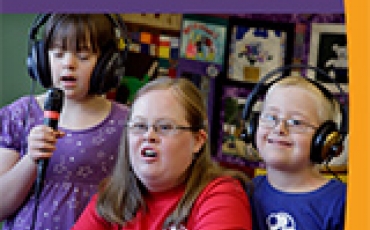RightsED: Child Rights

Child rights
Subjects: Civics and Citizenship, Society and Environment
Level: Year 5 and up (10 years and up)
Time needed: 1 - 4 lessons
All people – no matter their age, sex, colour, religion or where they live – have the same basic needs to live a healthy life. These needs include food, shelter, education, healthcare and freedom from persecution and discrimination.
Through the Universal Declaration of Human Rights (UDHR), the governments of the world agreed that people have a right to have these basic needs met. Denying people their basic rights not only leads to the personal suffering of individuals – it can result in conflict and unrest in societies.
In addition to the rights in the UDHR, children have supplementary rights that recognise those things that they need to help them survive and develop to their full potential.
The Convention on the Rights of the Child (CRC) sets out these rights – and Australia, along with nearly every other country in the world, has agreed to protect these rights.
Aims
This series of activities will help students to:
- Understand the difference between rights and wants
- research important aspects of the Convention on the Rights of the Child
- appreciate the important rights in their life
- consider the rights issues that children in Australian immigration detention centres faced prior to policy change.
Learning outcomes
- Discuss rules and laws that affect young people and assess these according to fairness and appropriateness
- Identify key personnel within the legal system who protect peoples rights
- Define and exercise personal and shared rights and responsibilities within local context.
Downloads
Individual activities and resources
- Introduction
- Activity sheet: Rights and wants
- Resource sheet: Human rights images
- Activity sheet: Rights and wants 2
- Activity sheet: Getting to know the Convention on the Rights of the Child (Child friendly version)
- Activity sheet: A last resort
- Resource sheet: A last resort
- Activity sheet: A last resort 2



